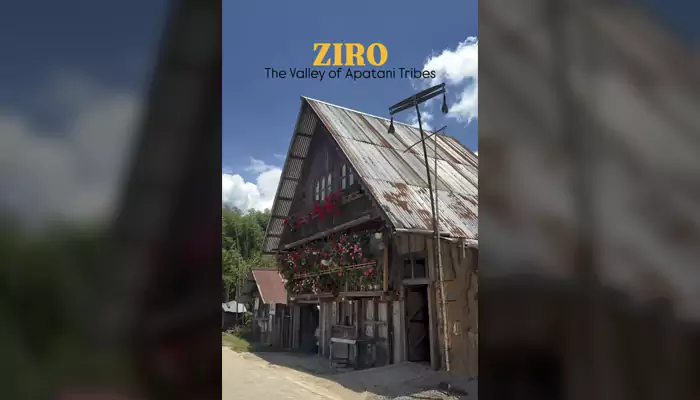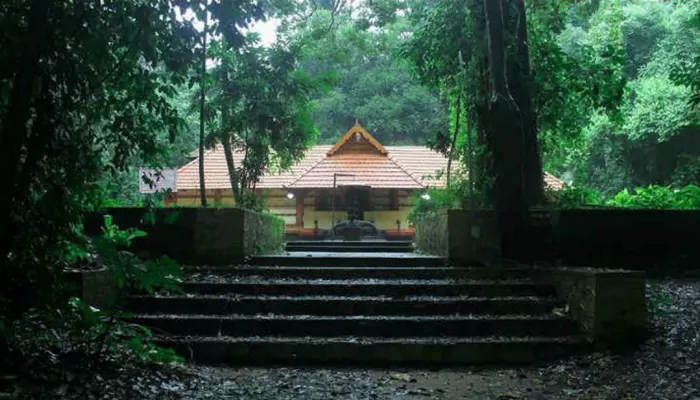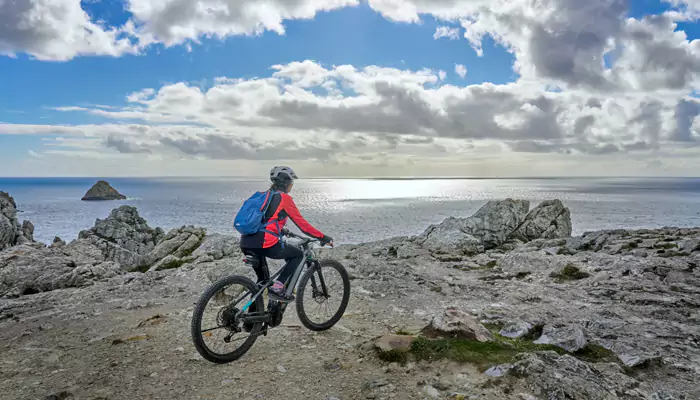Exploring Ancient Timeless Cities: Unveiling the Historical Riches of Kano and Zaria
- Nomeeta
- 1 year ago
- 5 minutes read

Kano and Zaria are living relics of Nigeria’s past, where ancient history and vibrant culture converge.
Nigeria’s northern region is home to some of the country’s most fascinating and historically significant cities. Among them, Kano and Zaria stand out for their rich heritage, ancient architecture, and enduring cultural traditions. These cities offer a glimpse into Nigeria’s past, revealing stories of trade, empires, and historical interactions that have shaped the region's identity. Exploring Kano and Zaria is a journey through time, uncovering the layers of history and mystery that define these ancient urban centers.
Kano: The Jewel of the Hausa Kingdoms
Historical Significance
Kano, one of the oldest cities in Nigeria, has a history that dates back over a thousand years. Founded around the 10th century, Kano was a key city in the Hausa city-states, which were influential in the region before the arrival of European colonial powers. The city’s significance is underscored by its role as a major center of trade, culture, and Islam in West Africa.
Kano’s prominence in trade is notable; it was strategically located along the trans-Saharan trade routes, facilitating the exchange of goods such as gold, salt, and textiles. This position contributed to the city’s prosperity and development, making it a vibrant hub of economic and cultural activity.
Architectural Marvels
Kano is renowned for its ancient architecture, including the famous Kano City Walls. Built in the 14th century during the reign of the Kano Emirate, these walls once enclosed the city, serving both defensive and administrative purposes. The walls are an impressive example of traditional Hausa architecture, characterized by their massive size and intricate design.
Another architectural landmark is the Gidan Rumfa, the ancient palace of the Emir of Kano. This historic building, dating back to the 15th century, is a center of traditional authority and serves as a testament to Kano’s historical and cultural significance. The palace complex includes several courtyards, mosques, and administrative buildings.

(Credit: Wikipedia)
Cultural Heritage
Kano is also known for its vibrant cultural heritage. The city’s traditional crafts, such as dyeing and weaving, are highly regarded. The famous Kofar Mata Dye Pit, a historic site used for traditional dyeing techniques, continues to produce intricate textiles that are celebrated for their quality and beauty.
The city’s rich cultural landscape is also reflected in its festivals and traditional ceremonies. The annual Durbar festival, held during religious and cultural celebrations, is a grand spectacle featuring horse parades, traditional music, and vibrant attire. This festival showcases the city’s deep-rooted traditions and its role as a cultural center.
Zaria: The Historical Crossroad of Trade and Cultural Exchange
Historical Significance
Zaria, located to the southwest of Kano, has a history that is equally rich and complex. Like Kano, Zaria was one of the Hausa city-states and played a significant role in regional politics, trade, and culture. The city’s origins trace back to the 11th century, making it a key player in the history of northern Nigeria.
Zaria is particularly notable for its role in the establishment of the Hausa-Fulani Empire, a powerful state that emerged in the 19th century. The city’s strategic location made it a crossroad of trade and cultural exchange, contributing to its development as an influential urban center.
Architectural Wonders
One of Zaria’s most prominent historical sites is the Zaria City Walls, constructed during the 15th century. These walls, built for defensive purposes, showcase the architectural ingenuity of the time. They encircle the old city, offering a glimpse into the urban planning and defensive strategies of the era.
The Zazzau Palace, also known as the Emir’s Palace, is another significant landmark. This historic residence of the Emir of Zaria reflects the city’s royal heritage and continues to be a symbol of traditional authority and cultural pride.

(Credit: Wikipedia)
Cultural Heritage
Zaria is known for its rich cultural traditions and historical significance. The city has a long tradition of scholarship and learning, with notable centers of Islamic education and scholarship dating back centuries. The educational institutions in Zaria have played a crucial role in the dissemination of knowledge and the promotion of intellectual and cultural development.
The city’s traditional crafts, including pottery and weaving, are highly esteemed. Zaria’s artisans continue to produce beautiful handcrafted goods that reflect the city’s artistic heritage.
Conclusion
Kano and Zaria are more than just ancient cities; they are living monuments to Nigeria’s rich historical and cultural tapestry. Their architectural marvels, cultural traditions, and historical significance make them essential destinations for anyone interested in exploring the depth and diversity of Nigeria’s past. As we delve into the history of these cities, we uncover the stories of trade, empires, and cultural exchange that have shaped not only their own development but also the broader history of the region. Exploring Kano and Zaria is a journey through time, offering a window into the enduring legacy of Nigeria’s ancient urban centers.








.webp)



